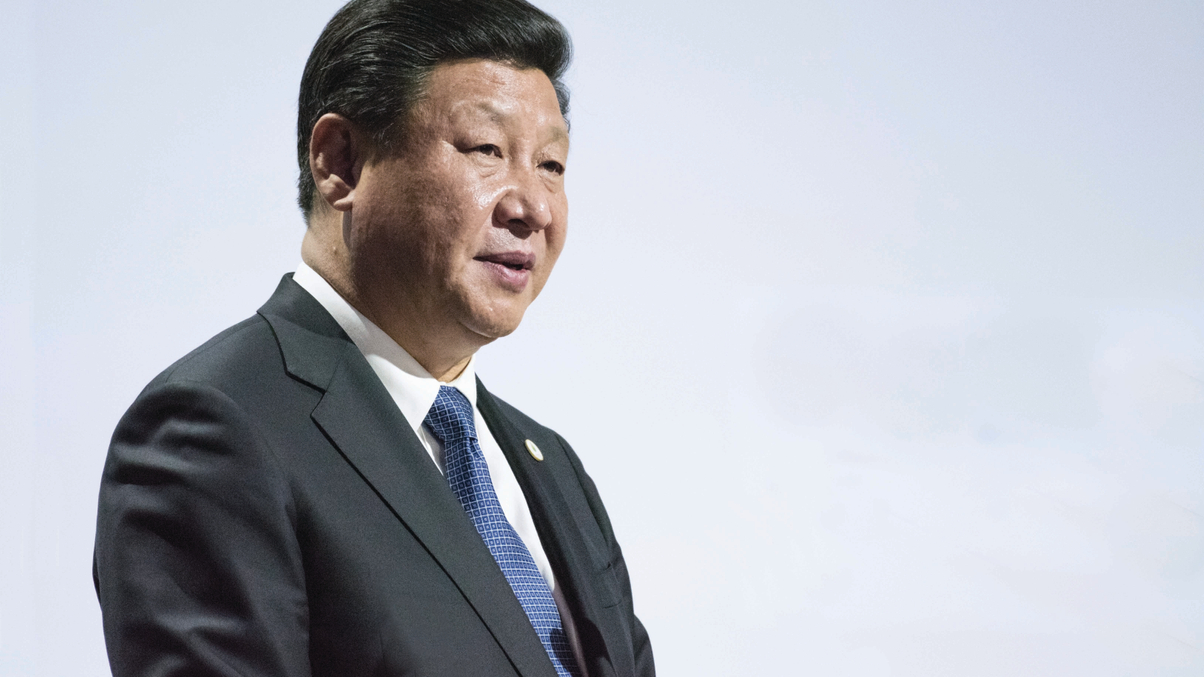China’s new ruling elite to decree ‘steady as she goes’
China’s revamped leadership team will likely emphasise stability at the Party Congress next week, but watch out for hints of further state sector reform.

President Xi Jinping looks likely to tighten his grip on power at a key Communist Party gathering next week, a move that should smooth the way for reform of the bloated public sector.
Sign In to Your Account
Access Exclusive AsianInvestor Content!
Please sign in to your subscription to unlock full access to our premium AI resources.
Free Registration & 7-Day Trial
Register now to enjoy a 7-day free trial—no registration fees required. Click the link to get started.
Note: This free trial is a one-time offer.
¬ Haymarket Media Limited. All rights reserved.


